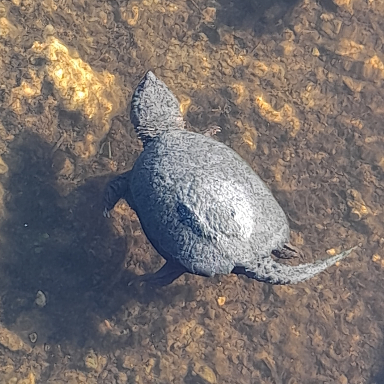Scientists have detected a new carbon compound, methyl cation, in space for the first time using NASA’s James Webb Space Telescope. This compound, crucial in forming complex carbon-based molecules, was found in a young star system in the Orion Nebula. The discovery could enhance our understanding of life’s potential development beyond Earth.
This molecule, never before seen in space, is believed to be a cornerstone of interstellar organic chemistry.
The original source of the article looks better than the reader version posted, and includes pictures, but good article. Thanks for sharing!
Thanks in turn for posting that version.
I’m still a little surprised that the detection of this particularly very reactive species is so meaningful, but I really don’t know much about the chemistry implications beyond being able to picture the structure and bonding in my head. (Wikipedia isn’t particularly helpful unfortunately.) Though I guess it makes sense that if UV bombardment can somehow cause this thing ion to form them its reactiveness on its own means that it can precipitate the formation of other molecules.
Methyl cation sounds so common. In my limited impression in space chem more complicated molecules like CN and OCN have been detected by IR. Could someone more educated on this subject explain why is it so hard to detect it in space?




